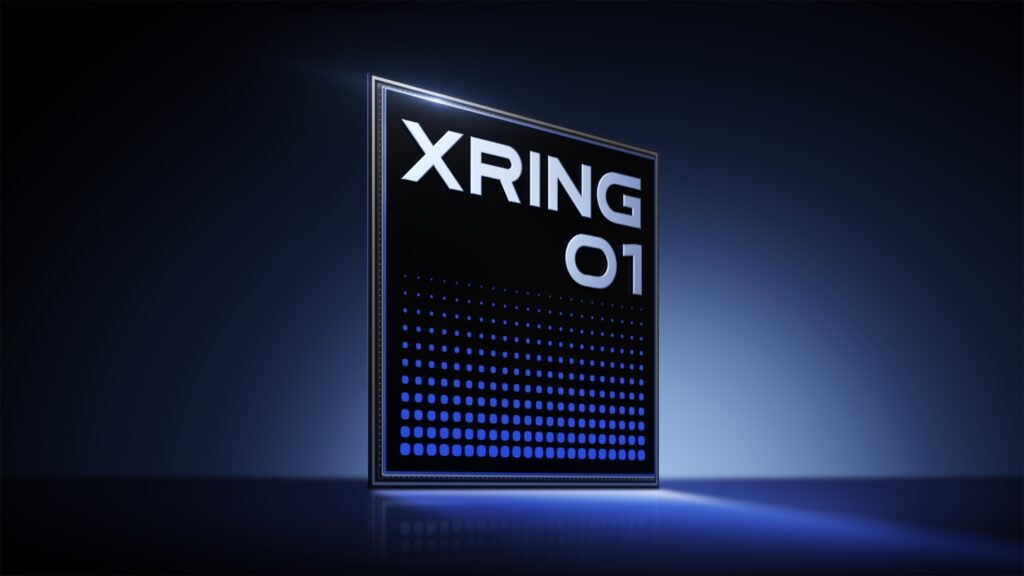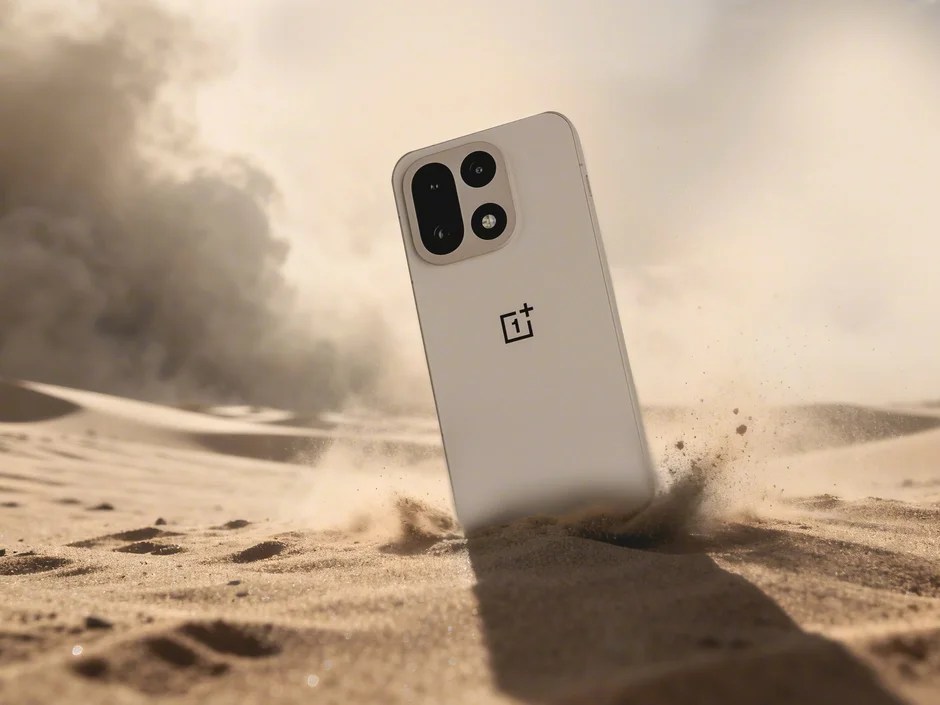
Xiaomi has officially entered the high-end SoC race with the launch of its first self-developed chipset, the Xring O1. Built on TSMC’s second-generation 3nm process, the chip packs 19 billion transistors into a 109mm² die and powers the new Xiaomi 15S Pro and Xiaomi Pad 7 Ultra.
The launch marks a major shift for Xiaomi, which previously relied on Qualcomm and MediaTek for mobile processors. According to Lei Jun, the company spent over 13.5 billion yuan (~$1.87 billion) and took four years to complete the chip’s development. Xiaomi now becomes the fourth company globally to mass-produce an in-house smartphone processor.

Not a Rebrand, But a Ground-Up Design
Following the launch, a teardown from tech blogger Geekerwan confirmed the Xring O1 as a truly self-developed design. After removing the POP memory, the chip die revealed a unique internal layout and a small Xiaomi logo etched into the corner of the metal layer. Geekerwan stated that the Xring O1 looks nothing like Apple’s A18 Pro, Qualcomm’s Snapdragon 8 Elite, or MediaTek’s Dimensity 9400, confirming it is not a rebranded part.
High-Performance Architecture
Xring O1 features a 10-core CPU in a quad-cluster configuration. The setup includes two Cortex-X925 ultra-large cores clocked at 3.9GHz, four Cortex-A725 performance cores at 3.4GHz, two Cortex-A725 efficiency cores at 1.9GHz, and two Cortex-A520 ultra-efficiency cores at 1.8GHz.
The chip also includes a 16-core Immortalis-G925 GPU and a 6-core NPU that delivers up to 44 TOPS of AI computing power. It supports LPDDR5T RAM, UFS 4.1 storage, Wi-Fi 7, and USB 3.2 Gen 2. Xiaomi claims the chip achieves over 3 million points on AnTuTu.
Performance on Par with Apple’s A18 Pro
Benchmark comparisons shared during the event show the Xring O1 matching Apple’s A18 Pro in single-core and multi-core tests. Lei Jun stated that while Xiaomi does not expect to beat Apple immediately, the current performance already exceeds expectations, especially in light to moderate workloads, where power efficiency and responsiveness stand out.
Lei also highlighted that GPU power consumption is 35% lower than Apple’s flagship chip. The chip includes dynamic performance scheduling and an advanced cooling system to maintain efficiency during heavy tasks.
Strategic Step for Xiaomi’s Future
Xiaomi’s chip roadmap outlines a long-term vision. The company aims to invest a total of 50 billion yuan (~$6.9 billion) over the next decade. It plans to deepen its presence in the semiconductor space, using chips as the core for future products across smartphones, tablets, wearables, IoT devices, and EVs.
The Xring O1 adopts a self-developed application processor paired with a third-party modem, a strategic choice due to the complexity and high patent barriers in modem development. Xiaomi says this hybrid setup allows faster time-to-market while keeping development focused on the performance core.
Initial Use Cases and Market Impact
The Xiaomi 15S Pro and Pad 7 Ultra are the first two devices to use the Xring O1. Both products target the premium market and showcase the chip’s potential with features like semantic AI, image processing with Leica optics, advanced cooling systems, and extended battery life.
As of now, Xiaomi does not plan to fully replace third-party SoC suppliers. MediaTek and Qualcomm continue to dominate its mainstream and flagship lineups, with Xiaomi shipping millions of units powered by their chips in 2024. The company views Xring O1 as a validation tool for its semiconductor ambitions rather than an immediate large-scale replacement.
So, What’s So Special?
The Xring O1 isn’t just Xiaomi’s first in-house chip at the flagship level. It’s a milestone in the evolution of the Chinese tech giant, from a brand that once relied entirely on supply chains to one that’s now designing its own foundations. For a company that now sells everything from smartphones to EVs, controlling the silicon unlocks a level of optimization that goes beyond performance. It’s about synergy, hardware, software, and intelligence, all speaking the same language.
In a world where geopolitical tensions can suddenly redraw supply maps, Xiaomi’s Xring O1 may also represent something even more critical: independence. The chip might not crush Apple’s A18 Pro in every metric. It doesn’t need to. The fact that it’s here, working, and shipping inside flagship hardware is victory enough.
Xiaomi is no longer just a fast follower. It’s building its own path, one transistor at a time.
For more daily updates, please visit our News Section.
Stay ahead in tech! Join our Telegram community and sign up for our daily newsletter of top stories! 
The post What’s So Special About Xiaomi’s In-House 3nm Chipset Xring O1? appeared first on Gizmochina.








